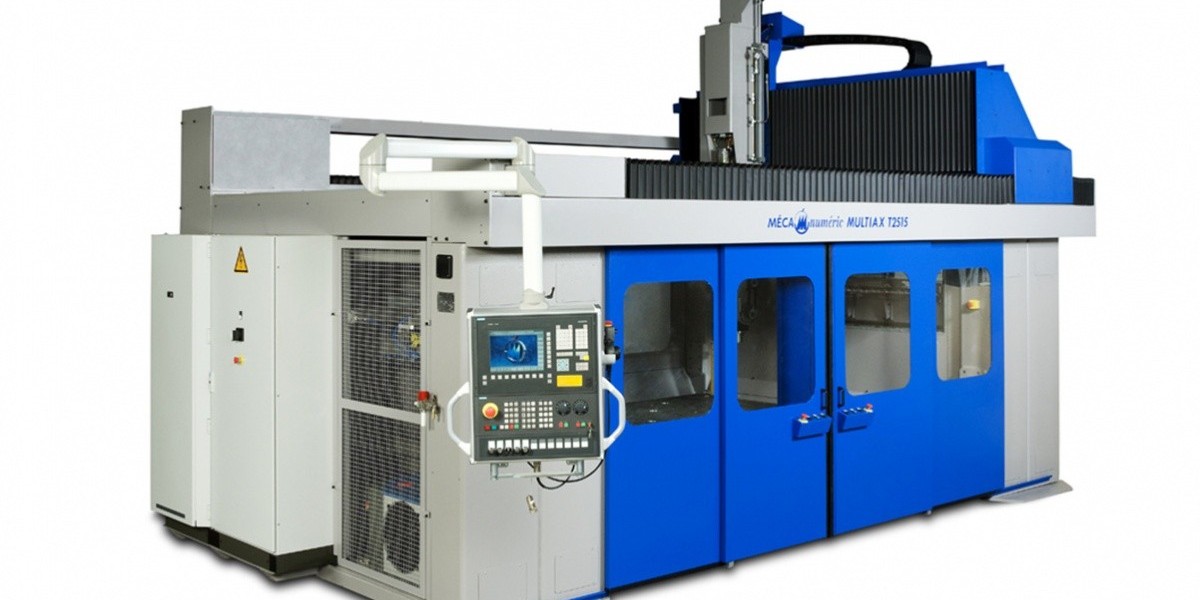Choosing between CNC machining and 3D printing depends on your project’s requirements—tolerance, material, geometry, speed, and budget.
Each method has distinct strengths and limitations. Whether you’re prototyping, scaling production, or building complex parts, understanding when to use CNC vs. additive manufacturing is essential.
This guide compares both technologies side by side to help you choose the right one for your application.
What Is CNC Machining?
CNC (Computer Numerical Control) machining is a subtractive manufacturing process that removes material from a solid block (stock) using programmed toolpaths.
Common CNC methods include:
Milling: Rotating tools shape flat or contoured surfaces
Turning: Material rotates while the tool stays stationary
Drilling: Rotary tools produce holes with exact diameters and depths
CNC is ideal for precise, functional parts and is widely used in aerospace, automotive, defense, medical, and industrial sectors.
You can learn more about capabilities and services through this expert CNC machining service.
What Is 3D Printing?
3D printing, also called additive manufacturing, builds parts layer by layer from a digital model.
Instead of cutting away material, it creates geometry by depositing, curing, or fusing material.
Popular 3D printing methods:
FDM (Fused Deposition Modeling): Melts thermoplastic filaments (e.g., PLA, ABS, PETG)
SLA (Stereolithography): Uses UV light to cure resin
SLS (Selective Laser Sintering): Fuses powdered nylon with a laser
DMLS (Direct Metal Laser Sintering): Builds metal parts layer-by-layer from powder
3D printing excels in prototyping, lightweight geometries, and complex internal structures.
CNC vs. 3D Printing: Feature-by-Feature Comparison
1. Material Compatibility
| Feature | CNC Machining | 3D Printing |
|---|---|---|
| Metals | All common alloys (aluminum, steel, titanium) | Select metals (with DMLS/EBM) |
| Plastics | Engineering-grade (PEEK, PTFE, ABS) | Broad range, some not engineering-grade |
| Composites | Machinable (carbon fiber plates) | Limited, brittle in print form |
CNC wins for material range, especially for fully dense, end-use parts in industrial settings.
2. Tolerances & Accuracy
| Feature | CNC Machining | 3D Printing |
|---|---|---|
| Tolerances | ±0.001–0.005 mm | ±0.05–0.1 mm typical |
| Surface Finish | Smooth, with polishing | Layered, may need post-processing |
| Repeatability | High | Medium to high (material dependent) |
Use CNC for high-precision components, especially if the part must interact with tight fits or moving assemblies.
3. Part Complexity & Geometry
| Feature | CNC Machining | 3D Printing |
|---|---|---|
| Undercuts | Difficult, needs 5-axis | Easy with support structures |
| Internal cavities | Limited to drill-access | Ideal for internal channels or lattices |
| Organic shapes | Limited by tool path | Unlimited (as designed) |
3D printing excels in complex, freeform shapes and internal features that CNC tools can't reach.
4. Production Speed & Setup Time
| Feature | CNC Machining | 3D Printing |
|---|---|---|
| Setup time | Medium (tooling, fixturing, CAM) | Low (upload and print) |
| First part speed | Moderate to fast | Fast (for simple prototypes) |
| Batch production | Very efficient | Slower (depends on bed size and type) |
For one-off prototypes, 3D printing is faster. For repeat production, CNC is superior in throughput.
5. Strength & Durability
| Feature | CNC Machining | 3D Printing |
|---|---|---|
| Structural load | Fully dense, high strength | Lower strength unless metal printed |
| Wear resistance | High (e.g., hardened steel) | Moderate (depending on material) |
| Heat resistance | Excellent (metals, PEEK, etc.) | Limited, unless high-temp material used |
CNC delivers stronger, tougher parts with industrial-grade durability.
6. Cost Factors
| Feature | CNC Machining | 3D Printing |
|---|---|---|
| Setup/tooling cost | Higher for small batches | Minimal |
| Per-part cost | Lower at volume | Higher as volume increases |
| Waste efficiency | Lower (subtractive) | High (material-efficient) |
3D printing is more cost-effective for prototypes and low-volume runs.
CNC machining becomes more economical as quantities scale or when higher performance is needed.
When to Choose CNC Machining
Use CNC when your part requires:
Tight dimensional tolerances
Fully dense materials (e.g., aluminum, titanium)
High surface quality
High thermal or mechanical load
Compatibility with regulatory standards (FDA, AS9100, ISO)
Production of hundreds or thousands of identical parts
Best use cases:
Aerospace brackets and housings
Automotive engine components
Surgical instruments and implants
Custom metal enclosures
Precision tooling and dies
When to Choose 3D Printing
Use 3D printing when your part requires:
Complex internal structures or lattice geometries
Fast design iteration or prototyping
Lightweight parts with minimal material
Low-quantity production without tooling cost
Organic or aesthetic design customization
Best use cases:
Concept models and functional prototypes
Medical guides and patient-specific forms
Custom enclosures and fit-check jigs
Lightweight drone and robotic parts
Mold inserts with internal cooling paths
Can You Use Both? (Hybrid Workflow)
Yes—many advanced workflows combine 3D printing and CNC machining.
For example, a part may be 3D printed to achieve internal features, then CNC machined to meet flatness, surface finish, or hole tolerances.
This is common in:
Aerospace tooling with conformal cooling
Medical implants with internal lattices and machined interfaces
Hybrid molds where inserts are printed and mounting faces are milled
This hybrid approach balances complexity and performance—giving you the best of both methods.
Conclusion
CNC machining and 3D printing each serve unique manufacturing needs.
Choose CNC when you need strength, tight tolerances, or production scaling.
Choose 3D printing for rapid prototyping, intricate geometry, or low-volume customization.
When in doubt, consult with experts who offer both capabilities. Many modern service providers will help you evaluate geometry, material, tolerance, and volume to select the best-fit method—or use both together.
To explore CNC machining for high-precision parts, from prototypes to production, visit this full-service CNC machining service.









